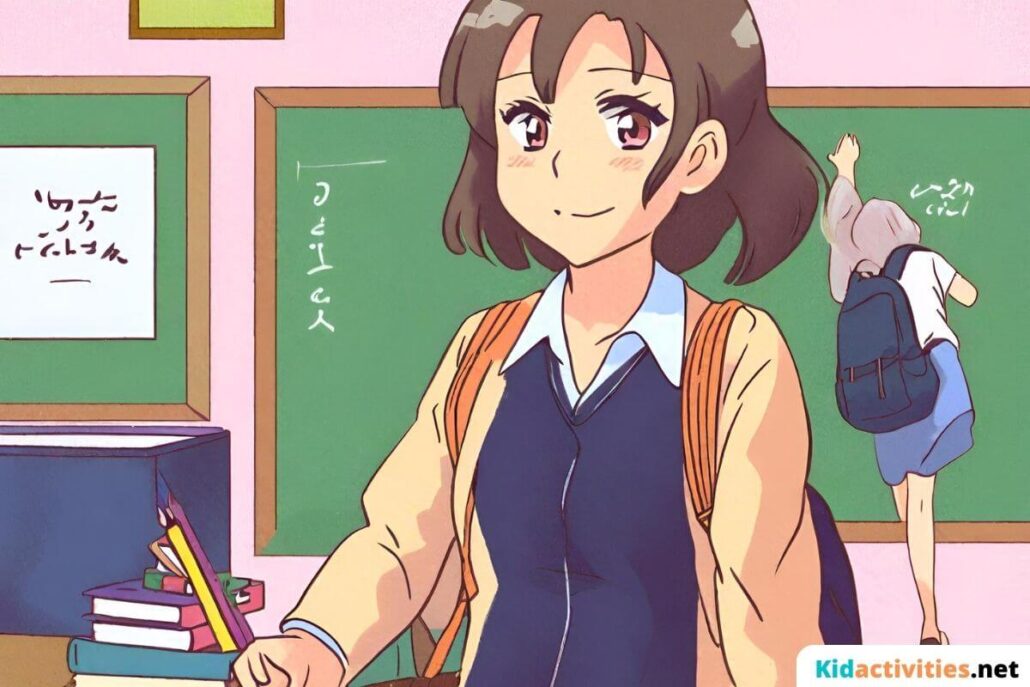It’s inevitable – school will have to start up again after a long vacation. Returning to school can be difficult for students, parents, and teachers alike. Students must say goodbye to sleeping in and enjoying endless, unobstructed free time.
Parents must start making school lunches again and planning their day around pickups and drop-offs, and teachers must go back to work, preparing lessons, grading, and assigning projects.
Transition can be hard for anyone, especially coming back to rhythms and routines again after being gone from school for a few weeks. Students must remember the expectations of school and their classrooms while being responsible for their learning and assignments.
However, it’s not all hard – fall, winter, and spring vacations allow us a special opportunity when transitioning back to school that we can utilize to make coming back the best that it can possibly be.
Making a Smooth Transition
There are some ways to make coming back to the classroom just a little bit easier, for students, parents, and teachers alike. Here are five time-tested ways to lighten the load and reduce stress.
- Practice, practice, practice. At the beginning of the year, there are many procedures that students must learn about walking in the hallways, how to line up to leave the classroom, where to turn in assignments, expectations of volume level during working time, etc.
These procedures do not only need to be practiced at the beginning of school! It is very helpful to reinforce these classroom rhythms and routines every few weeks if it is necessary to remind students what the expectations are.
It is particularly helpful to revisit these procedures after a long vacation, so they are fresh in student’s minds. Don’t be afraid to take time out of the school day schedule to ensure that students are following the procedures correctly. You are setting yourself and your classroom up for success in the future. Your future self will thank you! - Get organized and plan ahead. This is an important tip for parents and educators alike and can be utilized by each in different ways. For parents, you may need to get into the habit of waking your children up early a few days before school starts so that they can get into the habit.
Set out what clothes they’d like to wear the night before so that it takes away the difficult decision-making in the morning. Consider either offering an easy-to-grab breakfast in the morning like fruit and toast or preparing something the night before that can be served in the morning such as overnight oats, baked oatmeal, or a breakfast casserole.
For teachers, though it is tempting to wait until the last minute to catch up on emails and prepare lesson plans, if possible, try to get the majority of your work done before the school vacation begins. That way, you can fully enjoy the most out of vacation and come back to work refreshed.
If this is not an option, try to start a few days ahead of time to prepare for a smooth entrance into the first few days back in the classroom. It’s not always easy, but it is worth it! - Don’t be afraid to take breaks. Coming back to school from a vacation can be physically and mentally tough. One way to ease back into life at school is to take frequent movement breaks. This might even include an extra recess break or brain breaks a few times a day.
Students may also be excited to socialize with peers they haven’t seen for a few weeks. They will be eager to share about their time over vacation, so giving them the opportunities to talk with peers and friends may be the perfect way to practice conversation skills while helping them to focus on the next stage of learning.
Sometimes sacrificing five or ten minutes can be worth it in the long run to have a class period of uninterrupted, focused attention. - Reflect on goals. The time after a vacation can be very valuable for both educators and students. Often vacations mark the ending of a previous quarter and the start of a new one. This can be especially helpful in deciding what you’d like to change, adapt, and grow in at the start of a new term.
Having goals as an educator can help propel you forward into setting out to meet your own expectations for yourself and your performance in the classroom. Likewise, helping students brainstorm, establish, and meet their own goals can be very rewarding and a good example for them to learn from as they practice goal-setting for the future.
Consider writing goals that the class can attain in addition to personal goals that each student writes. You can even share your own goals as an example for students to learn from. - Be understanding. Not every student may be excited to come back to school and not every student will be ready. Educators will need to rely on extra levels of patience and empathy while helping students, especially younger ones, transition back into the school environment.
Transition can be hard on everyone, especially those who thrive on routine and stability. Empathy and consistency are two great keys for helping kids get back to school life. - (Bonus tip!) Communicate before the break. If possible, talk to students before the vacation about what to expect when they leave and when they come back to school. Communication and talking through expectations can really be helpful for many students and sets the tone for consistency.
Transitioning with Grace
Whether you are a long-time veteran or a first-year educator, following these five tips can make your transition from vacation back to school just a little bit smoother. Be clear, uphold your expectations, and offer grace when needed – especially to yourself.
By following these five tips, you’ll be back to a steady routine in no time, with minimal stress, and ready to take on the next transition with ease!

